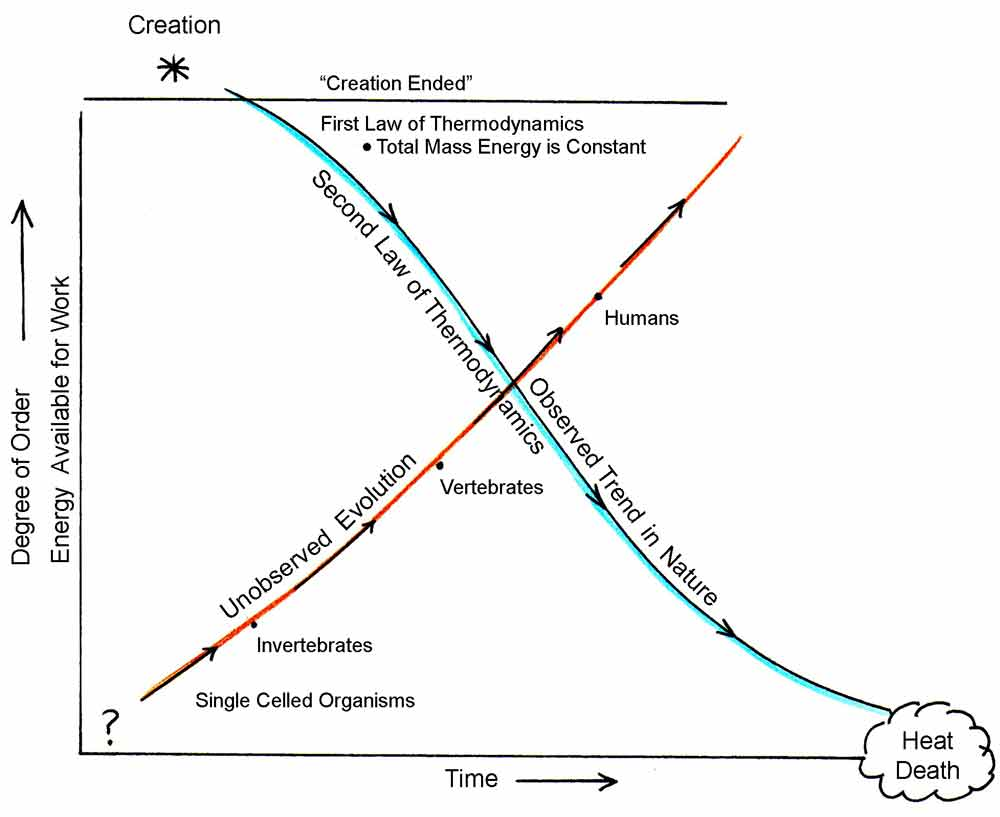Decay Heat
Decay heat is the heat discharged as an outcome of radioactive decay. This heat is generated as a consequence of radiation on materials: the energy of the alpha, beta and gamma radiation is transformed into the thermal movement of atoms.
Decay heat takes place naturally from decay of long-lived radioisotopes which are primordially present from the Earth's starting.

In nuclear reactor engineering, decay heat plays a significant role in reactor heat generation throughout the relatively small time after the reactor has been shut down, and nuclear chain reactions have been hovering. The decay of the short-lived radioisotopes formed in fission continues at high power, for a time subsequent to shut down. The main source of heat generation in a newly shut down reactor is due to the beta decay of latest radioactive elements newly generated from fission fragments in the fission process.
Quantitatively, at the instant of reactor shutdown, decay heat from such radioactive sources is yet 6.5% of the preceding core power, when the reactor has had a long and stable power history. Around 1 hour after shutdown, the decay heat will be around 1.5% of the earlier core power. After a day, the decay heat fall to 0.4% and after a week it will be only 0.2%. Since radioisotopes of all half life lengths are there in nuclear waste, sufficient decay heat continues to be generated in spent fuel rods to need them to spend a least of one year, and more usually 10 to 20 years, in a spent fuel pool of water, before being more processed. Though, the heat generated during this time is still only a small fraction (i.e., less than 10%) of the heat generated in the first week after the shutdown.
When no cooling system is working to eliminate the decay heat from a crippled and recently shut down reactor, the decay heat might cause the core of the reactor to reach insecure temperatures in a few hours or days, based upon the kind of core. Such extreme temperatures can lead to minor fuel harm (example, a few fuel particle failures (0.1 to 0.5%) in a graphite moderated gas-cooled design or even main core structural damage (incomplete meltdown) in a light water reactor or liquid metal rapid reactor). The chemical species discharged from the damaged core material might lead to further explosive reactions (in steam or hydrogen) that might further damage the reactor.